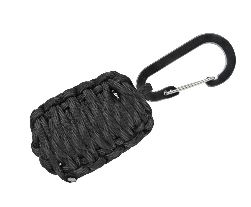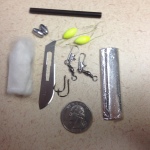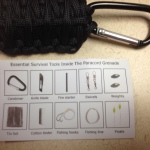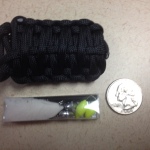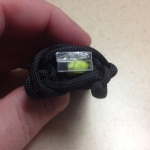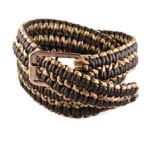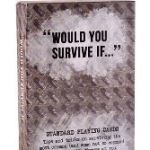Today I don’t have a regular preparedness article. Instead, I’m hoping you won’t mind helping me out on something! God gave me a dream some years ago and I assumed it was just that, a dream. The details are still being worked out, but there is a chance to see something like I dreamed come to fruition. I would love it if you would please give me as much feedback on some of the questions I will ask below, either in the comments section or via email at Chris (at) preparedchristian (dot) net
Would you and/or your family be interested in a three to five day preparedness retreat? Let me explain what I have in mind.
I’ve dreamed about a Bible camp that offered its facilities for the purpose of hosting 50-100 people for a variety of preparedness, survival, primitive skills, self-defense, hunting, cooking, permaculture and gardening classes, as well as many more. In fact, if you were interested in a topic it could even be possible to design a class for you before you arrive! The classes would be very hands-on and interactive with very knowledgeable (myself included perhaps) instructors, who would be available to answer questions during class and in fellowship gatherings in the evenings. There would be age appropriate classes for most ages, so that young ones would have cool things to learn while mom and dad took classes they really wanted to take. Food and lodging would be included.
As I stated, the camp is a Bible camp. You wouldn’t have to be a Christian to attend, but prayers would be said and any scripture that related to the topic would be given. Faith building would be a cornerstone of these programs.
When I was starting out, I did a silly amount of research online. The problem, however, is that isn’t how I learn. I learn best from interaction, hand on and asking questions. I could have learned so much more, so much faster if I had someone knowledgeable willing to spend a few hours explaining various things to me and answering my questions.
The classes could range from the very basics like principles of food storage, to more advanced things like aquaponics. These would not be just lecture classes. There would be demonstrations and as hands on as much as possible. For example, when learning how to store food in Mylar, you could actually fill a bag with maybe an iron and an impact sealer, so you could see how they work and which one suits your needs best.
There would also be classes on practical things like changing a tire and the oil on vehicles, situational awareness and firearm safety among others.
If you lived within 100 miles, would you be willing to drive and spend 3-5 days learning about topics of interest to you?
Would you be willing to fly to another state?
What do you think a fair price per person would be?
If it sounds interesting, but you wouldn’t be willing to come, what would hold you back? What would entice you?
*****Additional Details*****
There is an existing Bible camp in Wisconsin a little over an hour away from me that is interested in offering preparedness/life skill classes. The camp is fully staffed, and will bring in instructors willing to teach.
The camp has several cabins, as well as room for RV and tent camping. The cabins haven’t been updated in years, but are still in excellent shape.
We’re still trying to figure out how long retreats would be. Right now the thinking is three days; this would make it so people only had to take one day of vacation. However people wanting to fly in, might want to spend more time with instructors to get their money’s worth.
I looked at other types of retreats, and they were several hundred dollars more than this would be, and some did not include food, as this camp/retreat would.


